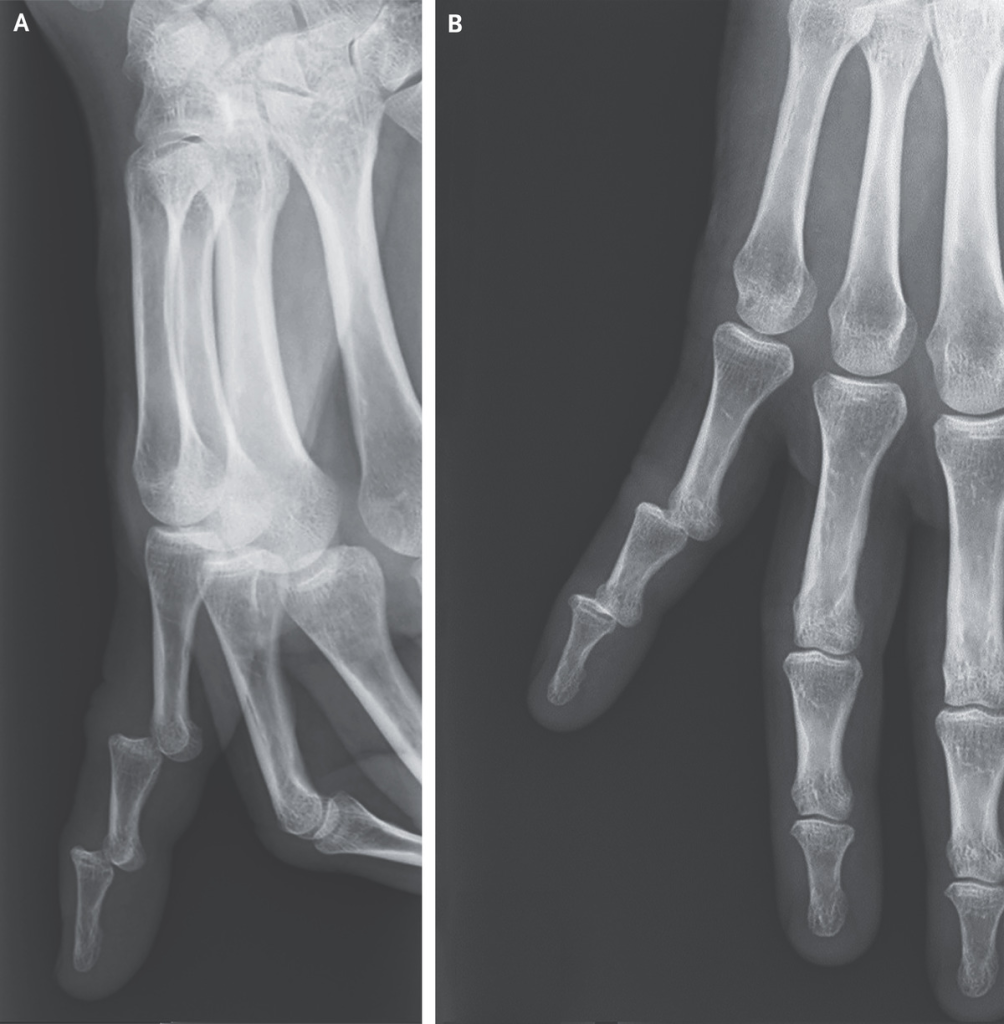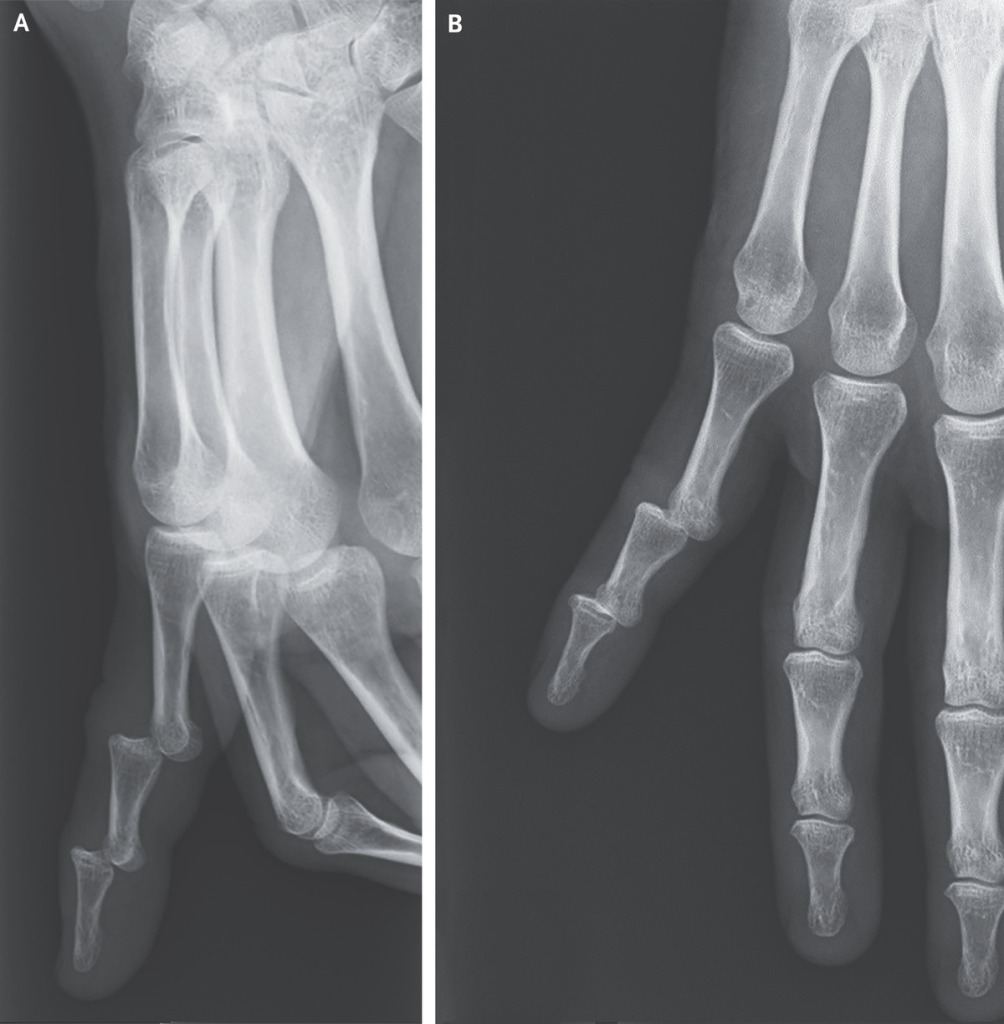In a randomized trial, letermovir was as effective as — but better tolerated than — valganciclovir.
Cytomegalovirus (CMV) seronegative recipients of kidney transplants from seropositive donors are at high risk for donor-to-recipient transmission of CMV and subsequent CMV disease. Universal prophylaxis with valganciclovir is highly effective in preventing CMV disease during the early post-transplant period, but leukopenia is common, resulting in discontinuation of prophylaxis or changes to the immunosuppressive regimen. Letermovir is a CMV-specific antiviral approved for prophylaxis after stem cell transplant. Now, researchers report results of a randomized noninferiority trial comparing letermovir to valganciclovir in CMV seronegative recipients of kidneys from seropositive donors.
In all, 601 participants received letermovir or valganciclovir for up to 200 days post-transplant. At 1 year, CMV disease developed in 10% (letermovir) versus 12% (valganciclovir) of recipients. No patient in the letermovir group developed letermovir resistance, compared with 12% valganciclovir resistance in the valganciclovir group. Drug discontinuation was more common in the valganciclovir arm (13% vs. 4%), primarily due to myelosuppression (64% vs. 26%).
Comment
When letermovir is used off-label to treat refractory or ganciclovir-resistant CMV, clinical failure and resistance have been observed (Transplantation 2020; 104:240. opens in new tab). Thus, it’s reassuring that letermovir resistance was not observed in this prophylaxis study. I plan to recommend letermovir for those recipients requiring CMV prophylaxis who cannot tolerate valganciclovir, although its high cost may limit its access. While this trial included only high-risk kidney recipients, extrapolating the results to other recipients of solid organ transplants is reasonable. Notably, on the basis of this study, the FDA recently approved letermovir for prevention of CMV disease in high-risk adult kidney transplant recipients. opens in new tab.

